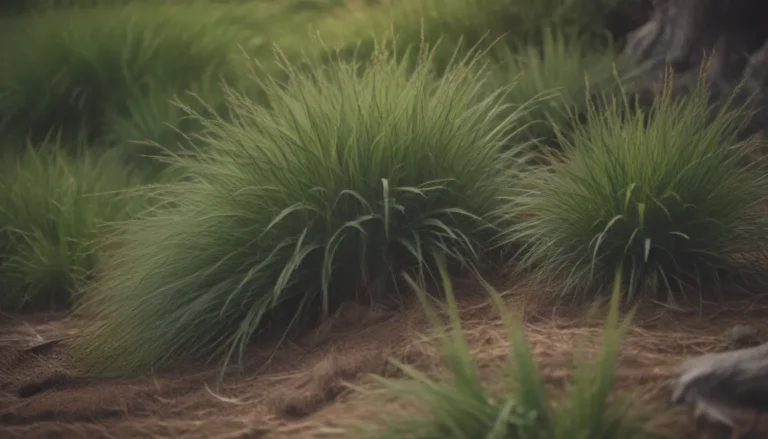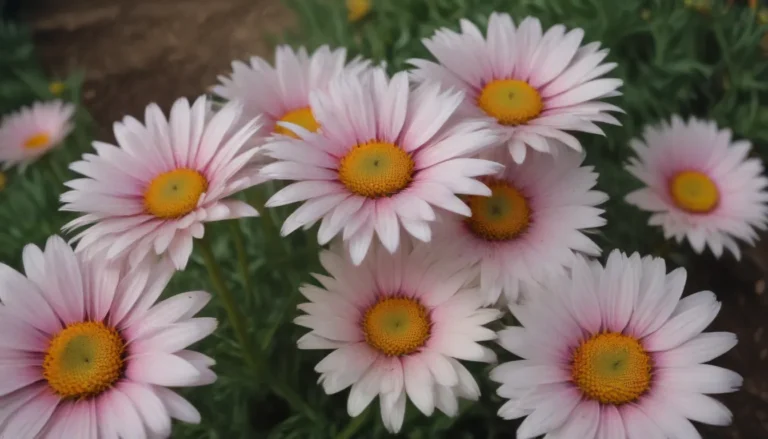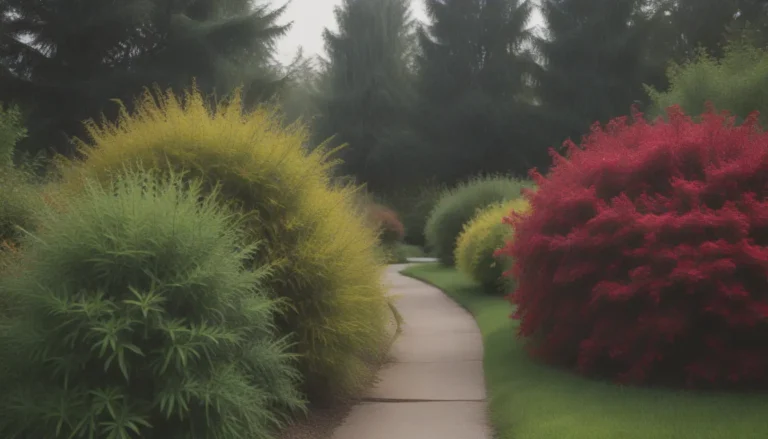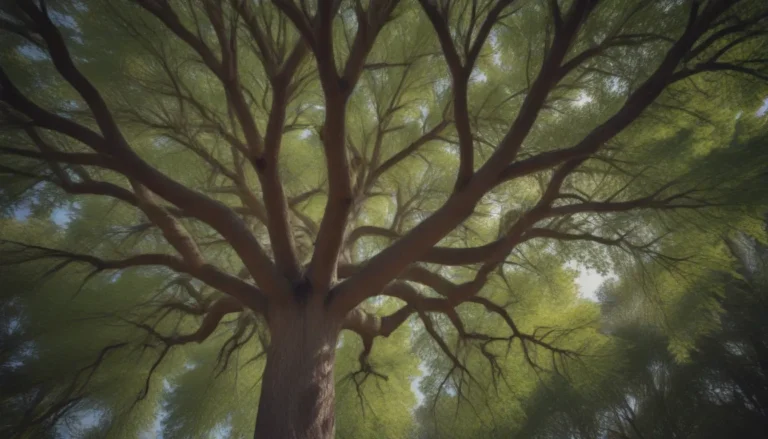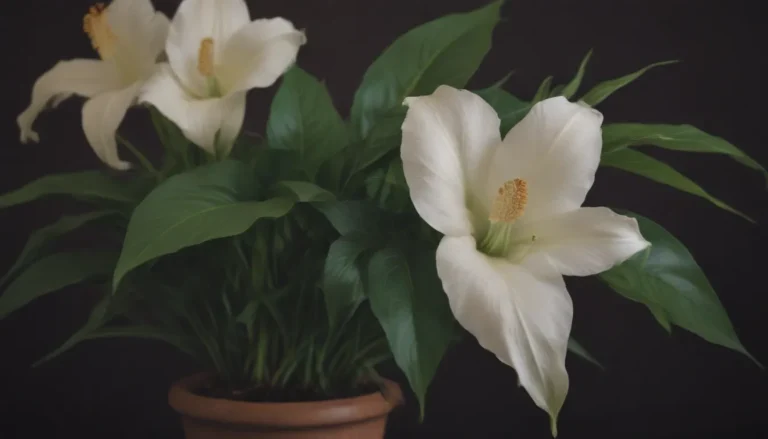The Ultimate Guide to Growing and Caring for Oregano
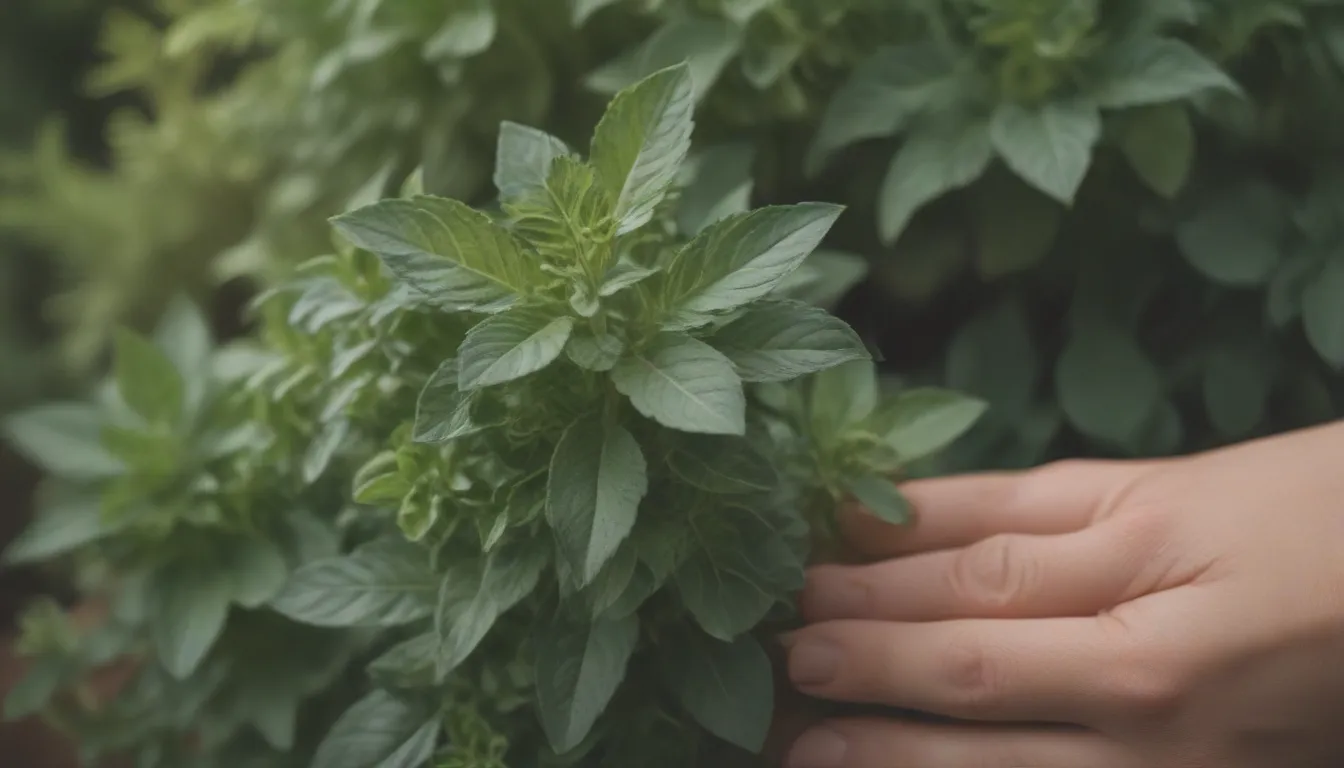
Are you looking to add the delightful flavor of oregano to your culinary adventures? If so, you’ve come to the right place! Oregano is a versatile herb that not only adds a zing to your dishes but also has some impressive health benefits. In this comprehensive guide, we’ll explore everything you need to know about how to grow and care for oregano in your garden or pots.
Getting to Know Oregano
Oregano belongs to the Origanum genus and is native to western Asia and the Mediterranean region. This perennial herb comes in various species, with Origanum vulgare and Origanum majorana being the most common culinary varieties. Oregano leaves are oval, dark green, and arranged opposite each other along the stems. Some varieties have fuzzy leaves, adding a soft texture to your garden. Oregano starts as a low-lying rosette but can grow up to two feet tall. It’s a fast-growing herb that provides fresh leaves for cooking almost immediately. However, it’s essential to note that oregano is toxic to pets, so plant it in a safe location.
How to Plant Oregano
When to Plant
Spring is the best time to plant oregano once the threat of frost has passed. You can start seeds or cuttings indoors about six to 10 weeks before the last spring frost in your area. Outdoor soil temperature should be around 70 degrees Fahrenheit for optimal growth.
Selecting a Planting Site
Oregano thrives in full sun and lean-to-average, well-drained soil. Avoid rich soil, as it can reduce the herb’s pungency. Oregano is an excellent choice for sunny areas with poor soil that may not support other plants.
Spacing, Depth, and Support
- Space oregano plants 8 to 10 inches apart.
- Seeds should be lightly pressed into the soil for light germination.
- Nursery plants should be planted at the same depth as their container growth.
- Oregano typically does not require support structures.
Oregano Plant Care
Light
Most oregano varieties require full sun, with at least six hours of direct sunlight a day. However, some varieties, like golden oregano, prefer partial shade to prevent leaf scorching.
Soil
- Oregano thrives in sandy loam soil.
- Avoid moist soil with high organic matter content.
- Aim for slightly acidic to neutral soil pH for optimal growth.
Water
- Oregano needs around an inch of water per week.
- Allow the soil to dry between watering to prevent root rot.
- Oregano is tolerant of moderate drought.
Temperature and Humidity
- Oregano can tolerate heat and cold temperatures, depending on the variety.
- Ideal growing conditions range from 60 to 80 degrees Fahrenheit.
- Oregano dislikes high humidity and requires good air circulation.
Fertilizer
- Oregano typically does not need fertilization.
- Excess nutrients can alter the herb’s flavor.
- Oregano is a great choice for attracting pollinators like Bees.
Types of Oregano
Consider these common oregano varieties for your garden:
– Origanum vulgare (common oregano)
– Origanum vulgare ‘Aureum’ (golden oregano)
– Origanum heracleoticum (Greek oregano)
Oregano vs. Thyme
While both oregano and thyme thrive in similar conditions, they have distinct differences:
– Oregano leaves are wider and greener than thyme.
– Oregano has a pungent, earthy aroma, while thyme has a lighter, floral scent.
Harvesting Oregano
- Start harvesting oregano leaves when the plant reaches 4 to 5 inches tall.
- Trim off sprigs as needed, leaving the plant to continue growing.
- Harvest just before flowering for the most flavorful leaves.
- Store fresh or dried oregano sprigs for later use.
How to Grow Oregano in Pots
Oregano is perfect for container gardening and indoor herb gardens:
– Choose a container with adequate drainage.
– Unglazed clay pots are ideal for oregano.
– Maintain a slightly dry environment that oregano prefers.
Pruning
- Regularly pinch back oregano’s growing tips to promote bushy growth.
- Prevent leggy growth and delay flowering for flavorful leaves.
- Woodiness can be avoided by cutting stems back to the ground.
Propagating Oregano
- Best propagated from divisions or cuttings.
- Dividing mature plants result in bushier growth.
- Cuttings can be taken in spring or early summer for best results.
How to Grow Oregano From Seed
- Lightly cover seeds with soil for germination.
- Keep soil moist but not soggy.
- Germination typically occurs within a week in warm, indirect light.
Potting and Repotting
- Use well-draining potting mix for potted oregano.
- Repot every couple of years to ensure proper growth.
Overwintering
- In zones 4 and colder, cut back oregano stems after the first frost.
- Mulch around the plant for winter protection.
Common Pests and Diseases
- Monitor for spider mites, aphids, and fungal diseases.
- Ensure proper growing conditions to prevent issues.
- Oregano is a hardy herb that requires minimal maintenance.
By following these tips and guidelines, you can successfully grow and care for oregano in your garden or pots. Enjoy the fresh, aromatic leaves in your culinary creations, and experience the joy of harvesting your homegrown herbs! Remember, oregano is not just a flavorful addition to your dishes but also a beautiful and beneficial herb in your garden. Happy gardening!
